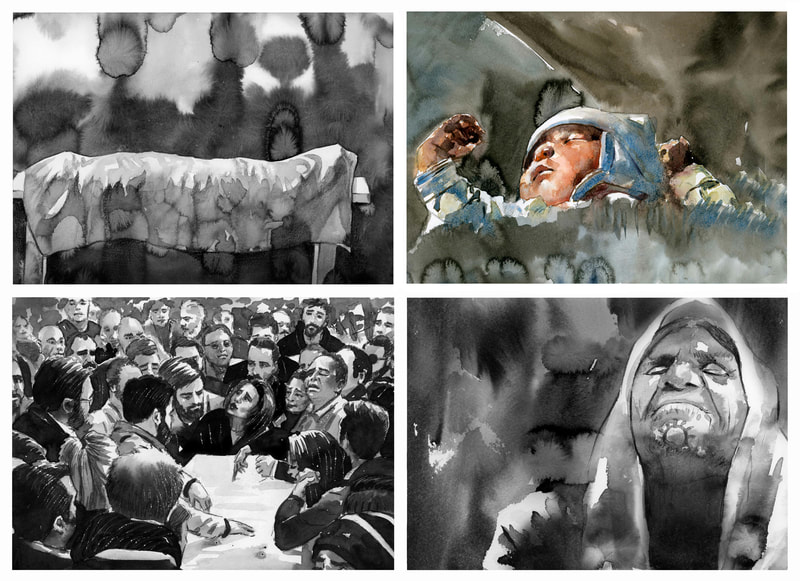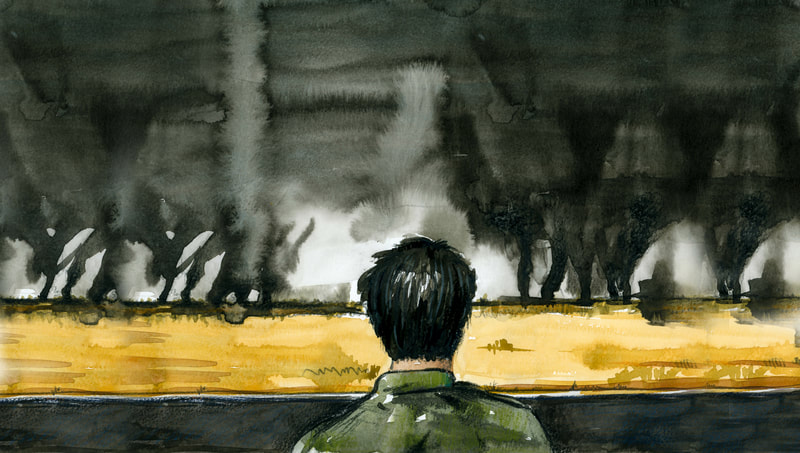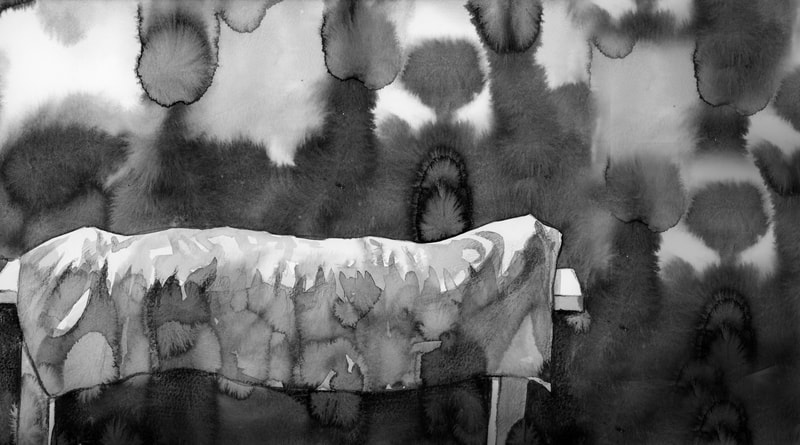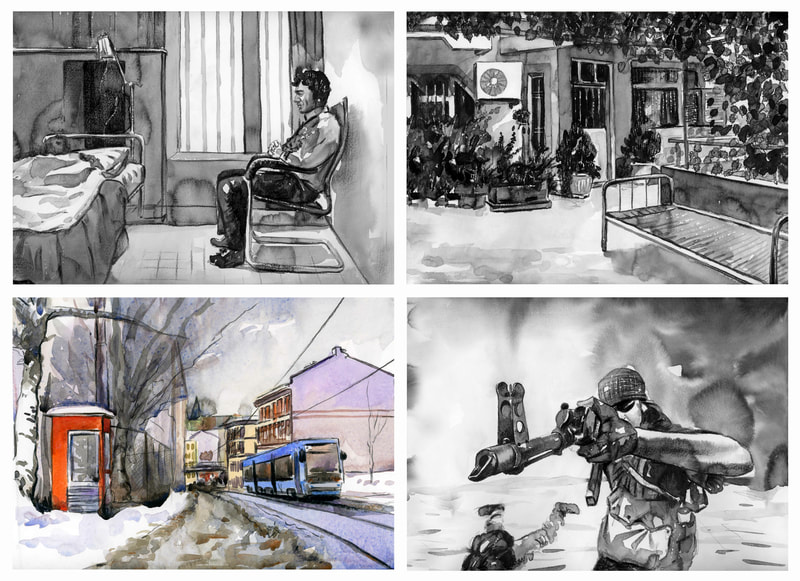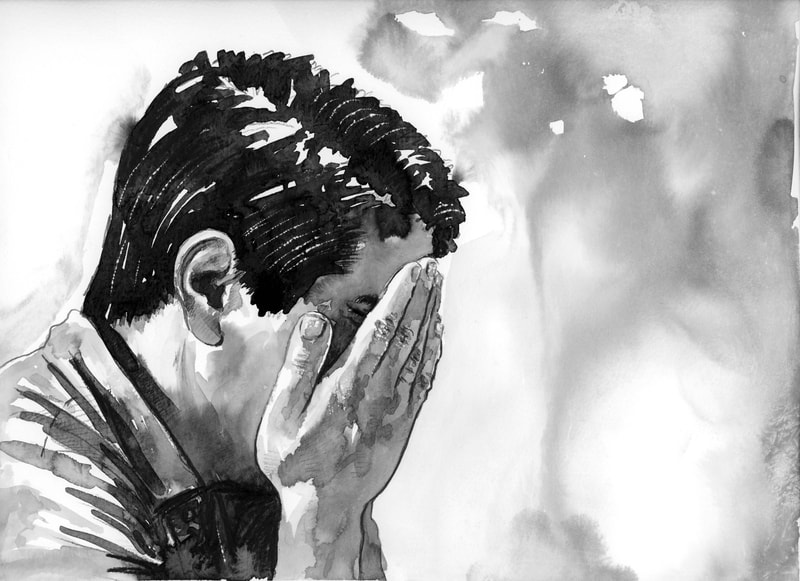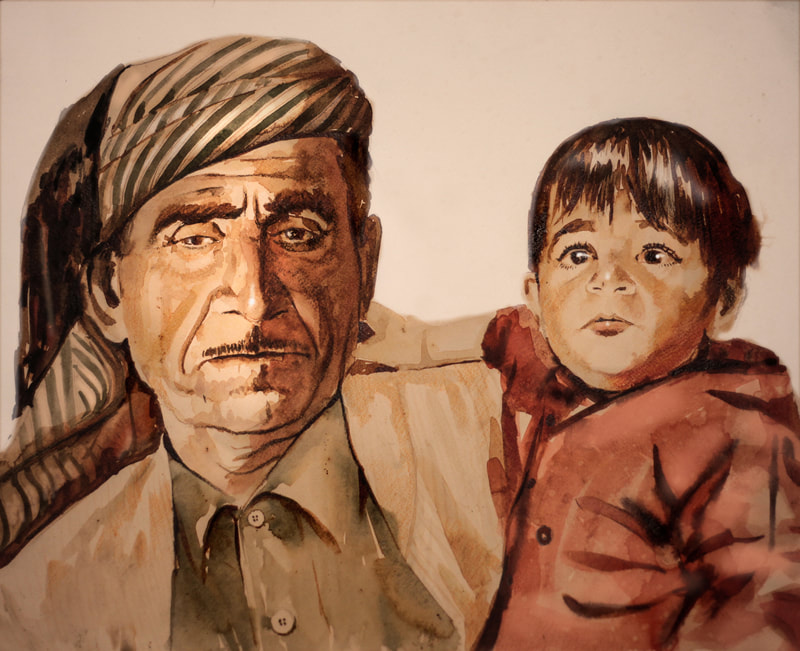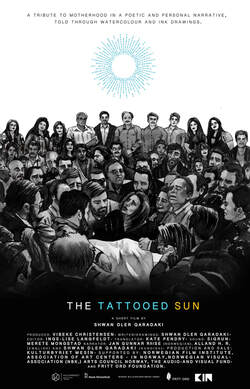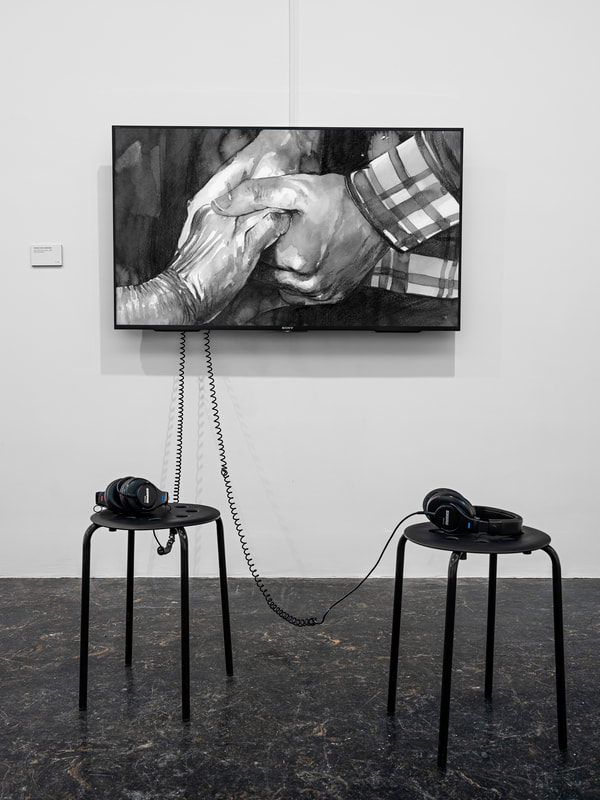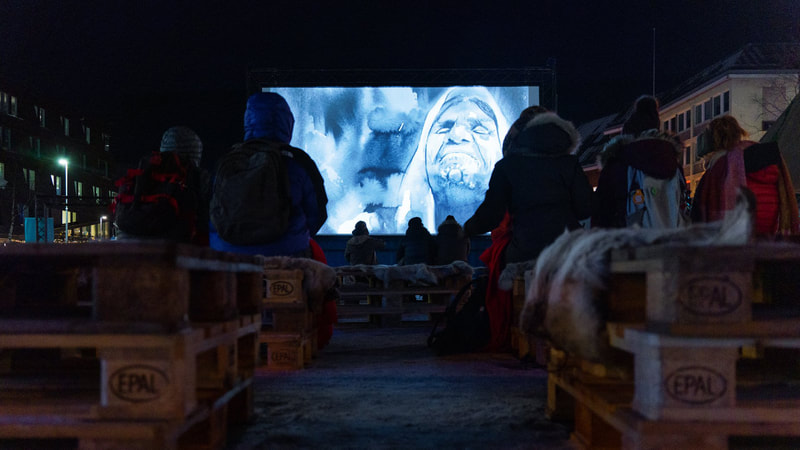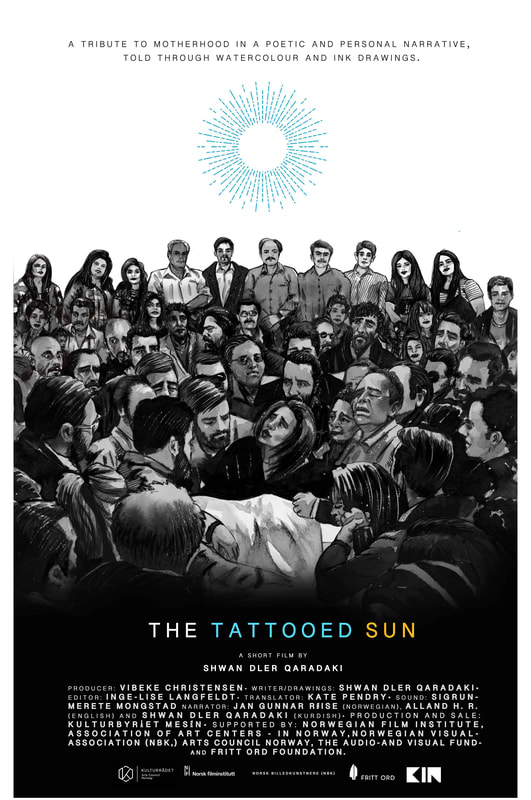|
|
|
THE TATTOOED SUN
The Tattooed Sun (2019)
Video (color, sound), 20 min.
What thoughts and perspectives do we have at one point of our life, when a person who once gave us life leaves forever? The Tattooed Sun is a close-up portrait of Shwan Dler Qaradaki’s late mother, depicted in a poetic and moving personal tone through animated watercolor and ink drawings, with a subjective narrative voice at the background. It takes us on a journey into the life of his mother – and his own, a dramatically changing world imbued with births, wars, sorrow, loss, admiration and gratitude.
The Tattooed Sun, short film: 20 minutes
Script, drawings, director: Shwan Dler Qaradaki
Producer: Vibeke Christensen, Culture Agency Mesén
Cut: Inge-Lise Langfeldt
Sound design: Sigrun Merete Mongstad
Narrator's voice: Jan Gunnar Røise
Quote: Karl Ove Knausgård
Music:
Foad Karim, Abdullah Karimi and Ibrahim Najmadin
Nils Økland Band
Alland Hamarashid / HOC London
ShadyDave "Fallen Hopes"
Cameron Tomalinson
Nazdar Abdulqader

